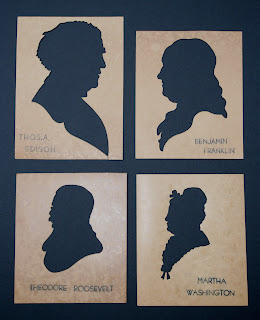

I worked at a gallery that carried the artwork of Lynda Barry. Her portfolio featured published cartoons, but also random doodles and watercolors on what appeared to be discarded pages from her novel
Cruddy. Pretty cool. There was no email address or phone number to contact her, just a fax number. It was an odd way of communicating but that’s what she preferred.
She made a rare appearance for an event, where she chatted with fans, signed copies of her books and also sat for an interview. She was approachable, funny and absolutely present. She mentioned her husband, and added, “I love him.” Not in a gooey way, but matter-of-factly, without pretense.
I think that both of these instances begin to describe her; she is private and soulful and protects her ‘alone’ time, and she is also open, generous and sincere. Her work in comics is full of humor and insight and also pain. In
One Hundred Demons and
The Good Times are Killing Me she addresses themes of loneliness, rejection and angst but also hula dancing and ‘good hair’.
Lately, she’s been teaching a writing workshop titled ‘Writing the Unthinkable’ in which she guides her students to find their inner writer. The methods and exercises explored in the workshop are the basis of her book
What It Is. The book is lushly illustrated and inspiring; she emphasizes that each of us is interesting with a unique story to tell.
This week, I raise my glass to the expressive style of Lynda!












































